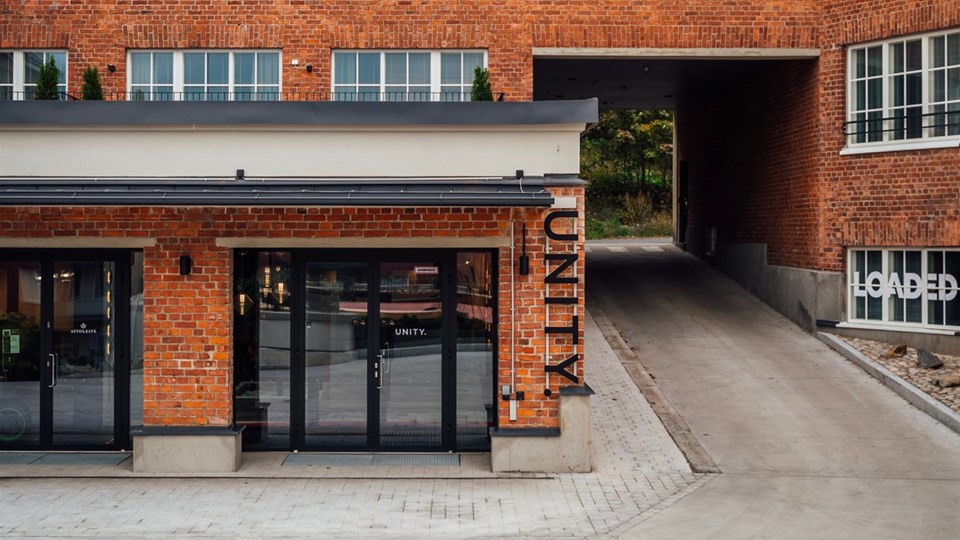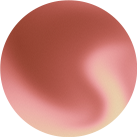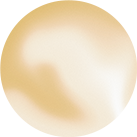UNITY Tampere at the old Tricot Factory (Trikootehdas) intertwines the industrial history of Tampere and Finnish fashion. The factory building, over a century old, has witnessed the early stages of industrial clothing production, the challenges of wartime, and the vibrant design enthusiasm of the swinging 1960s.
When we renovated the Tricot Factory into a new kind of urban home for travelers, we wanted to preserve the building's spirit and the sense of its long, colorful history. The factory's story lives not only in its walls, facade, and the chimney’s shadow cast across the courtyard, but also in the names of our studios and meeting spaces.
Explore the fascinating history of the Tricot Factory here! ↓
How it all began
The history of the Pyynikki Tricot Factory dates back to 1903 when Alfred Kordelin founded Oy Suomen Trikootehdas Ab company. The most significant architect of the factory building in the 1900s to 1930s was Birger Federley, who also served as the city architect of Tampere from 1900 to 1901.
Federley's style in the building's facade is simple and clear classicism, typical of the era and simultaneously timeless, elegant, and beautiful.
The later buildings on the factory site were designed by Federley's pupil Veikko Kallio, whose style is a simple and practical industrial functionalism, also timeless! The majority of the Tricot Factory's buildings were completed between 1934 and 1956.
The golden age
Suomen Trikootehdas produced vast quantities of various clothing and textiles in the building over the years. Many of them are essential to Finland's history – from the clothes used by the Finnish army to the Revontuli (Northern Lights) collection led by fashion guru Lenita Airisto, which became one of the most iconic Finnish fashion collections.
In addition to knitwear, the factory produced items such as wool sweaters, suits, and hats. The factory thrived during the 1920s and 1930s, despite the hardships of the depression. The quality of the products improved, the product range grew, and business was expanded by acquiring competitors. The factory played a significant role in the flourishing industrial Tampere.
Probably the most well-known brand of Suomen Trikoo, Atlas, was launched in 1931. Outfits made at the Tricot Factory were also seen internationally when Finnish athletes wore them in competitions. Knitwear and socks were even advertised in movie theaters, and promotional pictures for the Waikiki swimwear line were taken as far as Hawaii!
See the magical transformation
A lot has happened between these two pictures and these buildings of the old Tricot Factory has experienced a big transformation to be a vibrant and modern meeting place for both locals and the travellers.
The spirit of the factory lives on
The golden era of the Tricot Factory came to an end when war broke out. Despite the shortage of labor and raw materials, the factory supplied wool sweaters, gloves, and socks to the front lines.
By the 1960s, the bleak wartime years were left behind for good. Pantyhose became a new successful product, the well-known Finnwear brand was born, and exports to neighboring countries flourished. The Revontuli collection made the Knit Factory known in the field of design as well.
In the following decades, textile manufacturing on Pyynikki gradually declined as times changed. The name Suomen Trikoo was buried in 1996, and operations at the factory ceased in 2002. The factory became home to small businesses, artists, craftsmen, and musicians who kept the spirit of the building alive for two decades. Meanwhile, the entire area fell into disrepair, despite everything.

UNITY Tampere Trikootehdas is at the center of a new beginning for the Tricot Factory area. The factory building has been renovated for lodgers, and the layers of its history are present for every visitor. The courtyard, with all its services, is once again a lively meeting place for both locals and now also for travelers.
Welcome to be a part of the Tricot Factory story!
Explore the Tricot Factory story through the names of our studio apartments and meeting rooms!
Atelier apartments
- 1304 Jensen's place
- 2202 Kisälli's chamber
- 2218 Patuuna's better chamber
- 2318 Master's studio
Grand atelier apartments
- 1202 Tapio residence
- 1226 Petteri residence
- 1302 Kordelin's corner apartment
- 1328 Federley's apartment
- 2208 Säteri studio
- 2302 Viscose studio
- 2308 Tricot studio
Lake studio
- 2235 Factory Manager's Atelier
Meeting rooms
- Trikoosalonki
- Atlas
- Revontuli
- Pyynikki
- Piippukabinetti
- Päivikki
- Harju
__________________________________
-
Waldemar Jensen was the factory manager in the 1960s and contacted Lenita Airisto to establish the Revontuli collection.
-
Tapio was a unisex underwear collection designed in collaboration with the Central Forest Association Tapio, the state-owned forest company Metsähallitus, and the Finnish Rural Workers' Confederation.
-
Petteri was a product line of men's and boys' underwear produced in the 1960s.
-
Alfred Kordelin was the founder of the Knit Factory.
-
Birger Federley was an architect who designed the first part of the factory.
-
Säteri is a Finnish word for a type of artificial silk, which was used as a raw material at the Knit Factory.
-
Viscose is a similar synthetic fiber to Säteri.
-
Atlas was the most well-known brand during the era of Suomen Trikoo, under which products like sweaters and socks were sold.
-
Revontuli was an internationally successful design clothing collection launched under the leadership of Lenita Airisto.
-
Päivikki was an underwear collection targeted at women.






